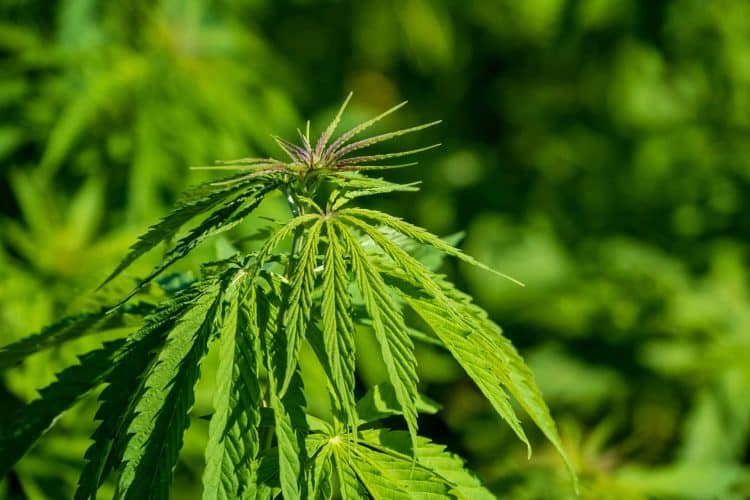Extracting certain compounds from cannabis frees up specific cannabinoids to be used pharmacologically, and decarboxylation can play a key role in this. Decarboxylation involves the application of heat, light, and oxygen to the cannabis plant to activate the neutral cannabinoids within the plant. For instance, tetrahydrocannabinolic acid (THCA) and cannabidiolic acid (CBDA) are converted to delta-9-tetrahydrocannabinol (THC) and cannabidiol (CBD), respectively.
Extraction is essential to the development of cannabis-based medicines, but traditional extraction methods may have negative toxic effects on both human and environmental health. As such, “greener” extraction methods may be more effective at extracting targeted cannabinoids.
Supercritical carbon dioxide (CO2) has been identified as a superior method of extraction to draw out cannabinoids from the cannabis plant, but it’s equipment can be expensive, especially in the short-term until the return on investment is reached. Pressurized hot water extraction (PHWE) is another promising green extraction method and is more affordable than supercritical CO2 extraction.
A recent study published in the journal Molecules looked at the selective extraction of cannabinoids using a novel, in situ decarboxylation process referred to as PHWE. [1] Response surface methodology (RSM) was used to optimize the set of experiments for the selective extraction, since there are multiple factors that interplay and influence the method. For this study, the two variables considered were decarboxylation temperature (80-150°C) and time (5-60 min). A key goal of the study was to minimize the amount of THC and cannabinol (CBN) extracted while enriching CBD content.
Each RSM run consisted of 5 g and used decarboxylation temperatures of either 80, 115, or 150°C, and times of 5, 32,5, or 60 minutes. The RSM method proved to provide an accurate method of predicting THC, CBN, and CBD content, and highlighted the fact that both decarb temperature and time had significant effects on the cannabinoid contents.
The maximum THC content was identified at 60 minutes and approximately 110°C. Above 125°C, THC degraded to CBN. The maximum yield of CBD occurred at 60 min and 150°C. To achieve low THC, high CBD extracts, the researchers point to ideal PHWE conditions of 149.9°C and 42.2 minutes. These conditions led to an extract that contained 5.8 mg/100 g CBD, 1.0 mg/100 g THC, and 0.5 mg/100 g CBN. The extraction efficiency ranged from 97-103% for CBD, 95-100% for CBN, and 99.6-99.8% for THC using moringa tree powder and cannabinoid standards spiked into the powder at concentrations between 0.5-500 ng/mL.
Given that the researchers extracted 5 g of cannabis, the small scale of these experiments should be noted. The researchers did not comment on the scalability and practicality of their work for industrial purposes.
Image source: NickyPe from Pixabay
References:
1- Nuapia, Y., et al, “In Situ Decarboxylation-Pressurized Hot Water Extraction for Selective Extraction of Cannabinoids from Cannabis sativa. Chemometric Approach“, Molecules, June 2021; 26(11):3343.











